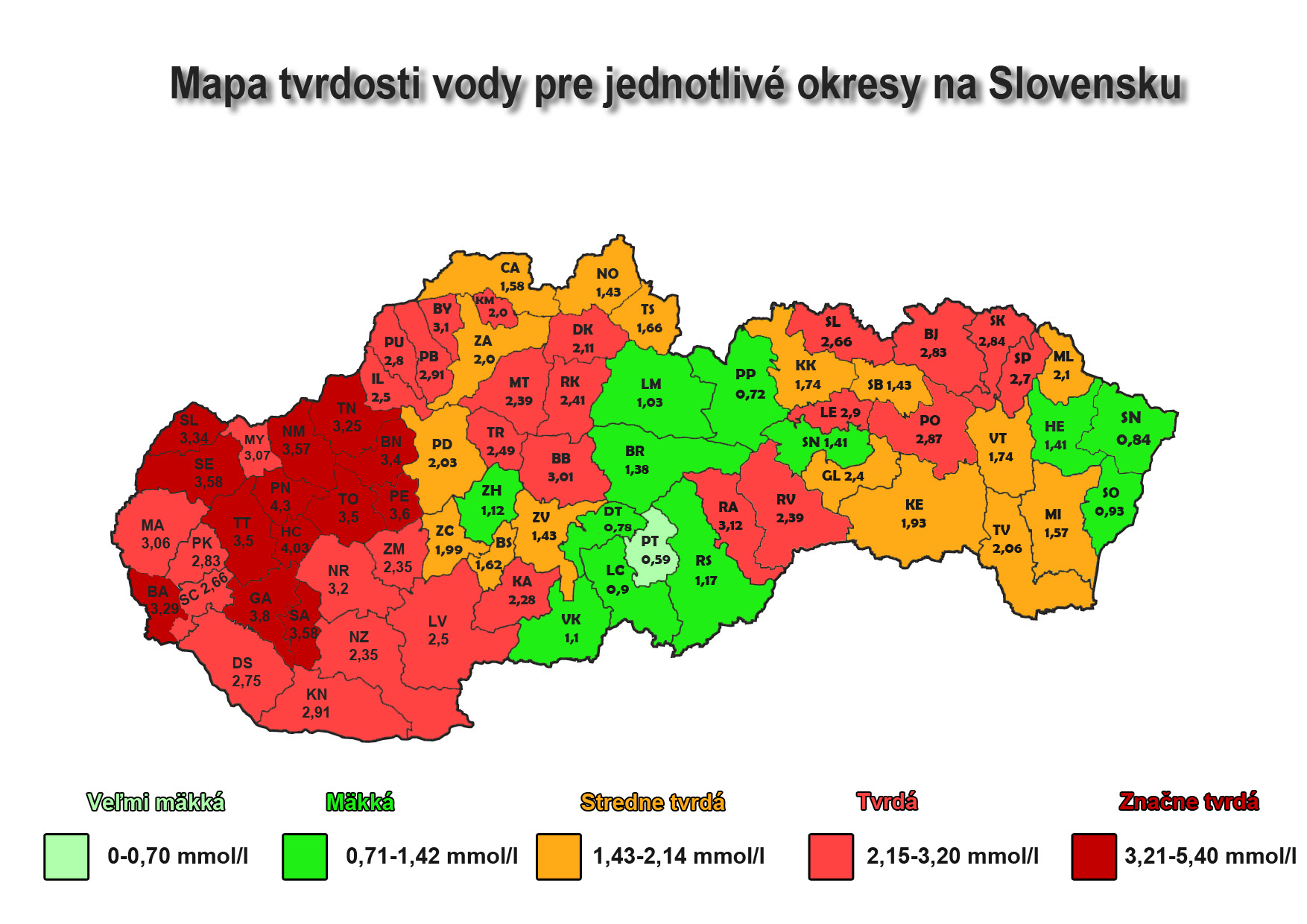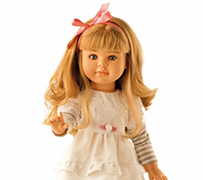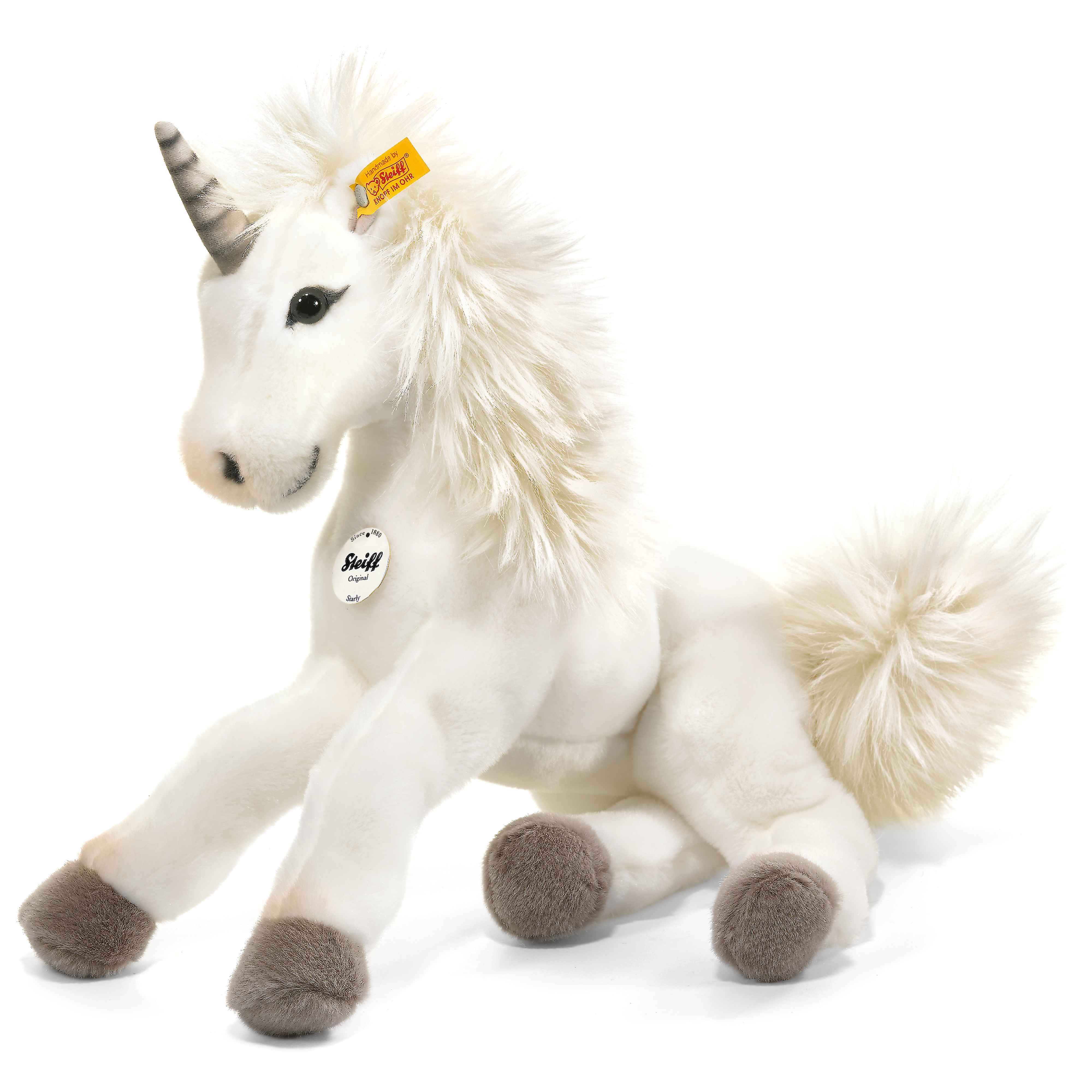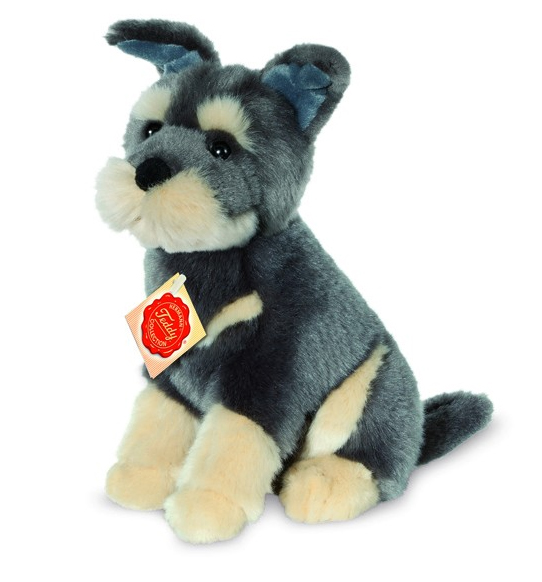Cloth Diaper Wash and Care
- I. Diaper Pail
- II. Choosing A Detergent
- III. Nice Laundry Smell Without A Fabric Softener
- IV. Washing New Diapers
- V. Before You Wash
- VI. Basic Cloth Diaper Washing Instructions
- VII. Other Diaper Washing Tips And Tricks
- VIII. How To Remove Cloth Diaper Stain
- IX. My Clean Diapers Stink
- X. Bacteria In Cloth Diapers
- XI. Washing In Hard Water
- I. Diaper Pail
As you may know, dirty diapers can stink. Good cloth diaper pails will help to prevent odor until laundry day.
The Dry Pail. A dry pail is just as it sounds - a pail to store your dirty diapers in. You can use whatever type of pail you choose. If you use a dry pail a pail liner is a great convenience. It fits in just like a garbage bag would, and you can take the pail out to carry to the laundry room instead of the whole pail. Pail liners keep your cloth diaper pail clean and you just throw them in the wash with your diapers. A diaper pail is made with PUL (avoid those with PVC) has either elastic or a drawstring around the opening.
* It is not necessary to use a lid on your cloth diaper pail. As a matter of fact many moms choose not to use a lid because they feel it actually helps cut down odors by letting them breathe. If you were to keep the pail in a place out of reach of little hands you can probably get away with no lid.
* I suggest keeping your cloth diaper pail in a cool area. If your pail gets hot the diaper will start to smell worse.
You may also use a hanging wet bag in place of a pail. A hanging wet bag is generally a bag made with an inner layer of PUL, an outer layer of knit print and a handle. They often have zippers, so you can help contain odors. Hanging wet bags are not as big as a diaper pail and won't hold as much. If you plan to wash every day, or don't have many diapers, a hanging wet bag might be a perfect solution.
The Wet Pail. The wet pail is a lidded pail filled with water. The purpose of using a wet pail is to pre-soak the diapers before washing to help eliminate stains. It also makes the laundering process a little easier. You can cut out your pre-rinse because you have already been soaking your diapers. Setting up a wet pail is simple. You need to have a pail with a lid - a locking lid is preferred to keep your curious baby safe. Fill your pail 1/4 full of cold water (or more, depend how much you need). Before you throw any dirty diapers into your wet pail, make sure to shake off any solid matter into the toilet or clean off with a diaper sprayer . Unfold diapers before placing them into the pail. Change the water in the wet pail every day to eliminate odors and wash the diapers no less than every 3 days to prevent mold from growing on them. Once you are ready to wash dump all the contents of the wet pail into the washer. Run a spin cycle to get any excess water from the diapers, then do your normal hot wash/cold rinse.
*There are a few disadvantages to having a wet pail. A pail filled with water and soaking wet diapers will be very heavy. This will make it difficult to move it when its time to change the water or launder the diapers. It can be a real pain to have to change the water and if any spills, well I think you can imagine how gross that would be. If you like the idea of having your diapers pre-soak, but don't like the idea of the wet pail, a combination of a wet/dry pail might be the answer.
A Wet/Dry Pail Combo. A wet pail/dry pail is the best of both worlds. Instead of having an actual pail full of water, you rinse your diapers off after changing your baby. This means all diapers - poop, pee, exclusively breast or bottle fed included. Then you throw them into the dry pail. This way your diapers are still getting the benefit of getting rinsed and basically a mini soak because you are throwing them into the pail soaking wet. Then just wash with your normal laundering routine. You may find it helpful to keep your cloth diaper pail in the bathroom if you use this method. Then you can rinse off the diapers and throw them right into the pail without much of a mess. This is a great method and it can really help cut back on stains and odor.
To prevent odor smell you can add following ingredients to your pail water, on the pail lid or on a piece of cotton into your dry pail If you do have any odor problems you can sprinkle baker soda into your pail, or add few drops of a nature oil (only pure essential oil).:you can add a dash of baking soda or vinegar to help minimize odors :
• 50 ml or 2-3 spoon of vinegar; vinegar is disinfectant and helps to remove odor
• 1 spoon of baker soda to your wet pail or you can sprinkle baker soda into your dry pail
• few drops of your favorite essential oil smell (use only pure nature essential oil, for example Saloos), a very popular choice is 5 drops of tea tree essential oil (desinfection) and 1 drop of lavender oil, for more suggestion read the Article 3
• 1 spoon/5l of Mio Fresh Bambino Nappy Sanitizer, it is Antibacterial and Deodorizes
* 1 spoon/lid of ULRICH Bleaching Salt for pre-wash soaking and for bleaching white and color clothing
It is good to sanitize your pail from time to time - vinegear is very suitable for this purpose, just put it into a sprayer. You can use it any time for your toilet as well. Be sure to avoid any disinfectant that contain chlorine.- II. Choosing A Detergent
It is really important to find a cloth diaper safe detergent. Without the proper care, your cloth diapers can get major detergent build up, causing odor, ammonia stink, chemical burns, rashes and blistering, repelling and leaking.
I highly recommend choosing a detergent made specifically for cloth diapers. These products are made just to deal with the problems that can happen when washing cloth diapers. However, you do not have to use these. If you choose not to, here are some things to look for when choosing cloth diaper safe detergent.
* Most common laundry detergents contain "optical brighteners" - tiny particles that stick to the surface of your clothes, giving the effect of brighter colors. Optical brighteners are synthetic chemicals that make fabrics appear to glow in the presence of ultraviolet light. They don't have anything to do with getting things clean -- they're only added to detergents to make us think our laundry is brighter and whiter than it really is. They highly toxic. Designed to intentionally remain behind on our clothes and linens, optical brighteners rub off on our skin where they can cause a reaction that looks like sunburn.
* Enzymes in common laundry detergent are made to degrade protein molecules. This can be good for removing stains, but when the enzymes are not properly rinsed from diapers (or clothing), they will actually "eat" away at skin, not just from cloth, your babys as well.
* Most don't know this, but artificial fragrances are made from petroleum.
* While chlorine bleach is great for killing germs, you won't want to use it on your cloth diapers. Not only decrease their durability and absorbency, but it will also eat away at the fibers of your diapers. Actually you don't want to use the highly toxic chlorine at all.
* When buying detergent, keep in mind that liquid requires more additives than powder to keep it in liquid suspension.
* Avoid any detergent that contains actual soap. It will leave a residue on your diapers that can cause them to repel moisture.
* If your nappies have slight staining after the wash all’s not lost as drying them in direct sunlight will make 99% of staining vanish.
There is enough suitable ecofriendly detergents from that you can choose . Cleaning products that do not harm your skin or the environment, they are 100% biodegradable, free from synthetic preservatives, fragrances, dyes, enzymes or petroleum-based ingredients and eveloped and produced without testing on animals.- III. Nice Laundry Smell Without A Fabric Softener
Many people love when their laundry smells nicely. The worse thing you can use on your diapers, or all laudry actually, is a syntetic fabric softener. Not many people realize, that syntetic smell is made of petroleum. Fabric softener stays in your clothes, destroys your laundry, irritates the skin and is dangerous to enviroment as well. And it doesn't help to remove detergents from your laundry either, like vinegear does, for example.
If you want to add a nice smell to your laundry add few drops of pure essential oil to your washing (Saloos, Yellow&Blue are the most available brands around). You can add it to your diaper pail as well. You can use only one essential oil or try more for some nice combination.
First, try tea tree essential oil for its disinfecting - antiseptic, antimicrobial and antifungal properties, because it is the biggest cleaner of the bunch, especially if you are looking for more natural ways to reduce germs in your home without chlorine bleach or other unnatural chemicals.
Second, you can choose one citrus essential oil for their cleaning power. Citrus smells are such a common fragrance for cleaners. They smell not just clean, but bright and fresh as well. The choices include lemon (the most popular), sweet orange, lime, grapefruit and tangerine.
And third, choose one of the following, a floral essential oil, minty essential oil, or an herbal or woodsy essential oil. The most popular of these are lavender, peppermint, and pine oil.
Just let your personality and personal preferences guide you in your choices, along with making sure what you choose blends well with the other things you choose.
* Flowery sweet blend: 2 parts lavender essential oil, 1 part vanilla essential oil
* Flowery savory blend: 2 parts lavender essential oil, 1 part rosemary essential oil
* Flowery fruity blend: Equal parts geranium and sweet orange essential oils
* Romantic blend: Equal parts rose and geranium essential oils
* Herbal lemon blend: 2 parts lemon essential oil, 1 part lemongrass essential oil, 1 part chamomile essential oil
* Fresh citrus blend: Equal parts lemon, lemongrass, and tea tree essential oil
* Citrusy blend: Equal parts lemon and sweet orange oils
* Minty blend: Equal parts peppermint and eucalyptus oils
If you don't want to use essential oil , many ecofriendly liquid detergents already contain an essential oils as ingredient, for example Yellow&Blue Soap Nut liquid detergent is available with lavender or orange essential oil.- IV. Washing New Diapers
The first time washing new diapers or accessories, you just want to do a simple wash on hot with a small amount of detergent. This will help any diapers with PUL, suedecloth, microfleece or microfiber soften up and get that chemical smell out. You can wash any new diapers 2-3 times before using, but it's not necessary. It will only help make them softer and more absorbent if you do.
If you haven any diapers, doublers, etc. with hemp, they will need to be washed and dried several times before use. Hemp is full of natural oils and the material won't reach full absorbency until all these oils have been removed. Hemp can take as many as 8-11 washes before it comes fully absorbent.
Cotton diapers will also need to be washed and dried several times before use. Much like hemp, cotton has natural oils that need to be removed before becoming fully absorbent. It takes 6-8 washes to remove all the natural oils from cotton. You can begin using them after about 4-5 washes because they will have enough absorbency by that time.
Bamboo is another material that becomes more absorbent after washing. I recommend you wash and dry it at least 2-3 times before use.- V. Before You Wash
* Remove solid matter from diapers.
* Exclusively breast or bottle fed babies poo does not need to be removed - it washes right out.
* Remove inserts from pocket diapers.- VI. Basic Cloth Diaper Washing Instructions
* Always use highest water level allowed by your washer.
* Begin with a cold rinse, no detergent.
* After cold rinse run a regular wash cycle on hot, using 1/4 cup detergent or if your using a detergent made for cloth diapers, follow the instructions on package.
* Follow up with an extra rinse on cold.
The first cold rinse is to get all the nasties out and the second cold rinse is to get all the detergent out.
Add 2 spoons of distilled white vinegar to your rinse cycle. It will help soften hard water, it helps removing stains, works as a good sanitizier. It also helps to remove detergents rests from your laundry and lowers the pH of diapers (human skin pH is a bit acid).
Modern washing machines use less water due to environmental concerns; however, this has led to the problem of poor rinsing on many washing machines on the market, which can be a problem to people who are sensitive to detergents. Detergents rests in diapers react with urine and causing skin irritation.- VII. Other Diaper Washing Tips And Tricks
* Add baking soda to the first rinse help fight stains and odors.
* A 1/2 cup distilled white vinegar will help soften hard water.
* Always attach aplix closures to the laundry tabs. Otherwise your diapers will stick to each other.
* Desitin and other zinc oxide diaper rash creams will stain your diapers. If you need to use these put a liner in your diaper before putting it on your baby.
* Washing more than two dozen diapers at a time can cause pilling of the diapers from too much friction.
* Washing more than two dozen diapers at a time can cause low water in your washing maschine. The low water in the rinse phase of washers doesn't get all the detergent/urea residue out of the diapers.
* An extra spin cycle will help make your diaper drying process faster.
* Dyed diapers can leave color imprints if left lying out while wet.
* Never wash new hemp with anything else. The natural oils of the fiber will cause repelling in your diapers and inserts.
* Wash reusable nappies at mainly 30°C and a cool rinse. A hot wash every now and then is OK but regular hot washing will affect the life of the Velcro and elastic.
* Do not use any kind of fabric softener as this will coat the fibres reducing absorbency. It also stays in diapers and can irritate your baby skin.
* Try and avoid a drier when possible. The fluff you clean from the drier filter has to come from somewhere.
* Do not use bleach, harsh stain removers, sodium bicarbonate or vinegar with bamboo products.
* Leaving your stained diapers (or any other clothing for that matter) out in the sun for a day can make stains magically disappear.
* Spin drying speed lower to 800-1000 RPM. Your diapers will live longer.- VIII. How To Remove Cloth Diaper Stain
Stains are removed best immediately after they are formed. Once the stains dry up, usually stain removal becomes considerably more difficult.
The diaper sprayer / shower. Removing the solid matter from diapers and use the shower or a strong diaper sprayer on your diapers right after that can really help to reduce the amount of cloth diaper stains you have had to deal with. Use some gall soap on your diaper if you could not remove all stain.
Diaper liners are a popular choice for those moms that don't want to deal with spraying or soaking their diapers. These are great for preventing cloth diaper stains. Diaper liners can be either reusable or disposable. Don't get a liner confused with a doubler. A liner is used for the sole purpose of lining the diaper to help make removing poop easier, while a doubler is for increasing absorbency.
You have probably heard that the sun can help remove cloth diaper stains, but if you never tried it, you probably won't believe that it could work. Well, it does! The sun is like a miracle stain remover! It can get stains out of your diapers, as well as your clothes.
* It’s very simple. You lay out your diaper (or whatever) in the morning in a spot where you know the sun will shine for most of the day. You can either lay it flat or drap it over the back of a chair. You can lay it out wet or dry. Make sure all the stained areas are exposed to the sun. Then leave it there for the day. You will usually come back at the end of the day to find a completely stain free item. And it even works for microfiber.
* The winter months are a little harder to sun things out, but it still works. Believe it or not, you can still sun your cloth diaper stains out even if you can’t actually see the sun. On winter days, you just do the same thing you normally do, but it might take longer than a day. And just make sure you bring your things in when it rains. If after a day you don’t at least see some improvement on the stain, then that means that the sun most likely will not do the trick.
I don't normally like to recommend any additives to cloth diaper laundry, but some are really great for helping combat cloth diaper stains. The most common and easiest way is to use a good Gall Soap Stain Remover or Sodium Percarbonate (soda with oxygen, used for bleach). Oxygen bleach is excellent for cleaning and removing organic stains (such as coffee, tea, wine, fruit juices, foods, sauces, grass, pet stains and blood) from fabrics, plastics, fiberglass, porcelain, ceramics, wood, carpets, asphalt, concrete, etc. There are enough brands on the market: Sonett, Sodasan, Puer, Ulrich..
* Never treat protein stains such as blood stains, cocoa, etc. with hot water, because then the protein stain can no longer be washed. Try to remove protein stains immediately with cold water. If this fails, soak the stain in salt water and then treat it with gall soap.
* Butter and other grease stains can be easily removed with hot water. Rub the stain beforehand with a gall soap.
* Felt-tip pen stains can usually be eliminated with a gall soap. If this fails, try to remove the stain with alcohol (spirit). Grass stains can also be treated this way.
* Wash off coffee stains with warm, mild soapy water.
* Cocoa spots are similar to protein stains and must be washed off with cold water. If that is not enough, white fabrics can be bleached in the sun or by using additional bleach in the washing machine.
* Chewing gum becomes hard on cooling and can then be broken and removed by brushing. For this, place an ice bag or a compress on the stain.
* Fruit stains can often be removed with gall soap. If this fails, try to remove the stain with alcohol. Fruit stains can be bleached from white garments in the sun or by using additional bleach in the washing machine. In case of strong coloring fruits like blueberries, it is recommended to soak the stains overnight in buttermilk with a few splashes of lemon juice.
* Rust stains can be rarely removed completely. However, splashing lemon juice repeatedly over the stain causes it to fade to a large extent.
* Sprinkle red wine stains immediately with plenty of salt and rinse with water. The salt absorbs the red wine partly. In case of white garments, red wine stains can be easily removed with additional bleach in the washing machine.
* Rub spinach stains with raw potato. Then wash with warm, soapy water.
* Mould stains on the laundry are difficult to remove. Soak the clothes in sour milk and then wash them as usual.
* Tea stains can be removed with hot water. In persistent cases, rubbing with a gall soap is helpful. Tea stains can be easily bleached from white garments.
* Ballpoint ink stains can be removed with the help of gall soap. Otherwise, the stain can also be washed off with a mixture of one part vinegar and one part alcohol (spirit).
* Scrape off wax stains as much as possible. Then iron with the help of a handkerchief or blotting paper.- IX. My Clean Diapers Stink
There are few possibilities, why you're having stinky diaper issues. The most common it's either because of:
1) The minerals from the hard water are being deposited back onto the diapers. Simply put, hard water has a lot of minerals in it, namely calcium and magnesium. Detergents don’t work as well in hard water because they often work at softening the water instead of cleaning the clothes.
2) If hard water isn't the problem then it is likely due to bacteria remaining in the diapers. There are many easy and safe ways how to deal with bacteria.
3) Detergent residue can also cause stinky diapers but this is unlikely if you're using the proper amount of detergent, water and vinegear when laundering your diapers.- X. Bacteria in cloth diapers
* Washing at 60°C kills the most bacteria. From time to time cloth diapers with recommended washing at 60°C can survive washing at 90°C as well , but it's on your own risk. Washing at too high temperatures is very bad for elastics and aplix.
* If you're able to sun dry your inserts, the sun acts as a natural disinfectant (and also removes stains/whitens so your inserts will look pretty spectacular).
* Tea tree essential oil and vinegear have disinfection properties.
* Mio Fresh Bambino Mio was made for cloth diapers disinfection. It works already at 40°C and deodorizes as well.
* Add 2 tablespoons of Sodium Percarbonate to a hot wash cycle. Sodium Percarbonate is a free-flowing powder with a common name of solid hydrogen peroxide, it is an addition compound of sodium carbonate and hydrogen peroxide. It breaks down to oxygen, water and sodium carbonate upon decomposition. It is an environmentally safe bleaching agent. It dissolves into water rapidly to release oxygen and provides powerful cleaning, bleaching, stain removal and deodorizing capabilities in addition to being highly effective at killing bacteria, fungus, viruses and algae. It has the added advantage of no odour, non toxic, and non polluting. It is very effective as a laundry presoak for heavily stained articles. It is color safe. It brightens colors and prevent fabric form become yellowed or darkened. In order to kill the bacteria I would recommend bleaching the inserts only, do NOT bleach any products containing PUL such as pocket diapers or diaper covers.
* You don't have to iron your cloth diapers to get them sterile. Not cloth diapers not disposable diapers are sterile, for a simple reason, you keeping them in a unsterile wardrobe. If you want to give yourself more work you can iron square and prefold diapers but be sure not to iron any diapers containing PUL of aplix. Ironing will make diapers softer.- XI. Washing In Hard Water
- Water described as “hard” is high in dissolved minerals, specifically calcium and magnesium. All water contains calcium; the amount depend on what kind of crystalline rock it runs over.
Hard water is not a health risk , it is actually a very valued and our easiest source of calcium. For our health it is better to have hard water. The recommended water hardness for human consumation is between 1,1 - 5 mmol/l, thats 6,16 – 28 oN (1mmol/l = 5,6 oN).
Hard water is healty for people but not for our washing or pipes. It is a nuisance because of mineral buildup on fixtures and poor soap and/or detergent performance. The degree of hardness becomes greater as the calcium and magnesium content increases.
How to fight hard water in household?
* Add few drops of lemon juice to your drink water.
* Reduce the temperature of your boiler – As the water temperature increases, the more mineral deposits will appear in your dishwasher, water tank and pipes. By reducing the heat of your boiler to about 55ºC, you will have enough hot water for your shower and you will reduce the amount of mineral build-up in your pipes and tanks.
* You can use white vinegar by using the dishwasher dispenser or placing a cup of vinegar on the dishwasher rack. Boil some white vinegar in your kettle as a useful way of removing hard water deposits. Add some vinegear to your rinse cycle.
Washing in hard water:
There is an old (german, still used for detergents) hard water classification in oN and a new hard water clasiffication used mostly by water companies in mmol (1 mmol/l = 5,6 oN). On detergent labels you will find mostly 4 degrees of water hardness:
0 - 7 °d soft
7 - 14 °d slightly hard
14 - 21 °d hard
over 21 °d very hard
Clothes washed in hard water often look dingy and feel harsh and scratchy. The hardness minerals combine with some soils to form insoluble salts, making them difficult to remove. Soil on clothes can introduce even more hardness minerals into the wash water. Continuous laundering in hard water can damage fibers and shorten the life of clothes by up to 40 percent.
* There are washing powders and liquids available for a wide range of water hardness. Make sure you choose the correct detergent for your area; you may also need to use slightly more detergent than the manufacturers recommended amount to compensate for the hard water. In many cases the manufacturer will give specific instructions on how to use the product in hard water areas, look out for these labels on your product. Add the recommended amount of detergent for hard water or more, but to be sure to get it all out add enough water and vinegear to your last rinse.
* You can try an extra water softener. Water Softeners work by ion exchange, so sodium replaces the calcium and/or magnesium in the water, for example Sodasan Water Softener (sodium silicate.
* Think about installing a magnetic water conditioner. It's much cheaper and more effective way to deal with the hard water. Water Conditioners work by altering the crystallisation behaviour of Calcium and Magnesium ions such that they loose their ability to cause adhesive scale:
- Safe money for more detergents.
- Permenantly installed in plumbing system to alter calcium ions so they cannot cause limescale.
- Output water is fit for drinking, calcium retained, good for diet.
- Lengthens lifespan of clothes.
- Low running cost.
1) With reference to: Hydrochemie, Pavel Pitter, 4. edition, VŠCHT in Prague, 2009Overall Water Hardness 1)
Hardness Degree [°dH]
Hardness Degree [mmol/l]
water very soft
0 to 4
0 to 0,72
water soft
4 to 8
0,72 to 1,43
water slightly hard
8 to 12
1,43 to 2,14
water moderately hard
12 to 18
2,14 to 3,21
water hard
18 to 30
3,21 to 5,35
water very hard
> 30
> 5,35
[°dH] = german classification
Conversion
1 mmol/l = 5,6 °dH
1 °dH = 0,1783 mmol/l . - Water Hardness in some regions:
west Slovakia
north Slovakia
Bratislava
United Kingdom
France
USA











